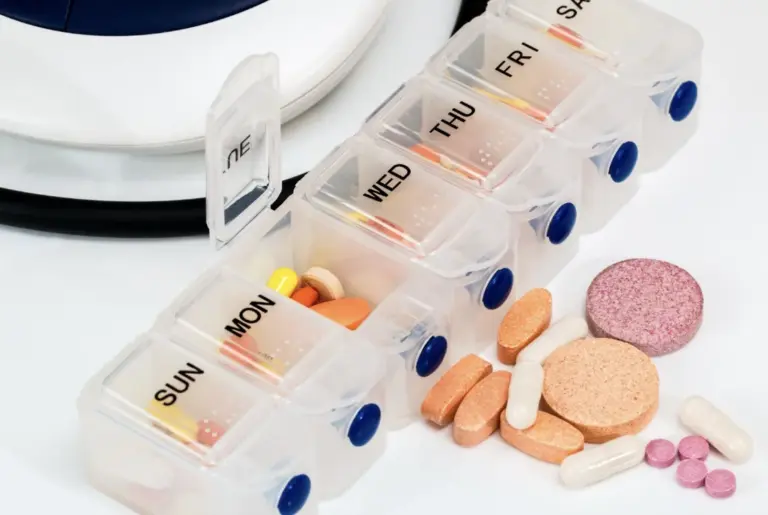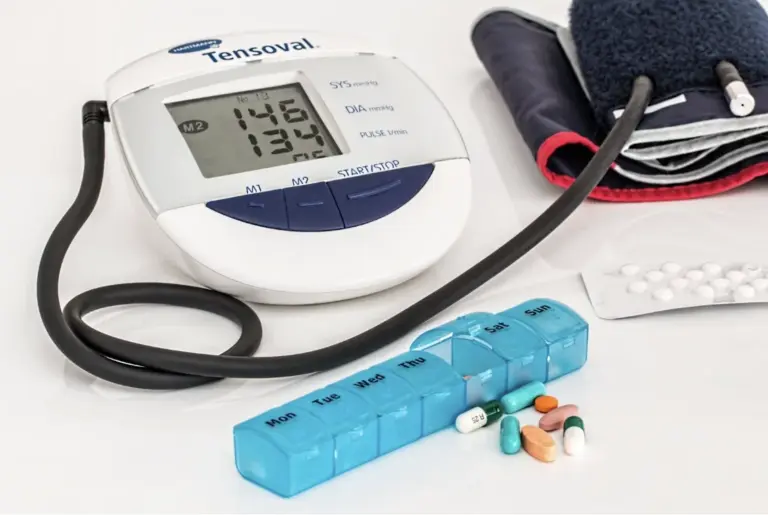What is angiotensin?
The heart is a muscular organ about the size of a closed fist, and with each heartbeat, it pumps blood, rich in oxygen and nutrients, through the arteries to all the body parts. The force of blood pushing against the artery walls is the blood pressure. Here’s where the hormone angiotensin plays a vital role in regulating your blood pressure, causing constriction of blood vessels. So, what is angiotensin?
What is the function of angiotensin II?
Angiotensin II, one of the most powerful vasoconstrictors, raises blood pressure levels through vasoconstriction, sympathetic nervous stimulation, increased aldosterone biosynthesis, and renal actions. It serves several important functions –
Sodium and water regulation –
Angiotensin II promotes the expansion of the plasma volume by renal sodium and water reabsorption. It increases the aldosterone secretion from the adrenal glands, which, in turn, promotes sodium reabsorption and enhances potassium secretion. This mechanism is instrumental in maintaining blood pressure and overall fluid balance in the body.
Antidiuretic Hormone (ADH) release –
Angiotensin II prompts the release of arginine vasopressin (AVP), a peptide hormone released from the posterior pituitary gland. It causes the kidneys to increase water reabsorption in the collecting ducts while reducing water excretion in the urine. This water conservation mechanism prevents excess fluid loss and helps maintain blood volume and pressure.
Stimulation of the sympathetic nervous system –
The angiotensin II hormone triggers norepinephrine, a neurotransmitter that amplifies vasoconstriction and increases heart rate. It stimulates the sympathetic nervous system, associated with the ‘fight or flight’ response, and aids the body’s adaptive mechanism during strenuous circumstances.
Prompts the sensation of thirst –
This peptide hormone increases the sensation of thirst, thereby elevating voluntary fluid intake and maintaining the body’s fluid levels, a crucial aspect of cardiovascular health.
Influences cardiac functions –
Angiotensin II increases cardiac output, which ensures oxygenated blood is pumped throughout the body, an integral function of maintaining a strong cardiovascular system.
What controls angiotensin levels?
The renin-angiotensin system (RAS) control angiotensin levels. The peptide endocrine hormone angiotensin is also an integral part of the renin-angiotensin-aldosterone system (RAAS) essential for long-term blood pressure and blood volume regulation. Four different active forms of angiotensin have been identified – from angiotensin I to angiotensin IV. When the body detects low blood pressure or reduced sodium levels, the kidney releases renin, an enzyme, into the bloodstream. Renin splits angiotensinogen, an alpha-globular protein synthesized in the liver. The angiotensin-converting enzyme (ACE) transforms angiotensin I into angiotensin II, which causes the blood vessels to narrow and the blood pressure to rise. Healthcare workers use angiotensin II receptor blockers to treat high blood pressure.
What happens when angiotensin levels are low?
Low angiotensin levels indicate a less activated renin-angiotensin system. Lower levels of this hormone may lead to reduced vasoconstriction, which could dilate the blood vessels, resulting in lower blood pressure (hypotension). Some low blood pressure symptoms include fainting, nausea, fatigue, or blurred vision. It can also reduce aldosterone release, potentially affecting blood volume and electrolyte regulation, elevating potassium levels (hyperkalemia), or lowering sodium levels (hyponatremia). Lower angiotensin levels can decrease the sensation of thirst, thereby affecting fluid consumption.
What happens when angiotensin levels are high?
Elevated angiotensin levels can cascade into high blood pressure (hypertension), which is often the cause of heart failure. It can contribute to inflammation within blood vessels, thereby impacting vascular health. Prolonged high angiotensin levels can enlarge the heart’s left ventricle, a condition known as left ventricular hypertrophy. Chronic hypertension can also damage blood vessels, kidneys, and other organs.
It is essential to maintain normal blood pressure levels. Your cardiovascular health is in your hands. Discover more information with BP in Control’s online portal. Find expert physicians through our Find a Physician tool, ensuring early diagnosis and personalised intervention for health conditions.
Disclaimer
The information contained in this article is to educate, spread awareness in relation to hypertension and other diseases to the public at large. The contents of this article are created and developed by BPinControl.in through its authors, which has necessary, authorisations, license, approvals, permits etc to allow usage of this articles on The Website. The views and opinions expressed in this article are views, opinions of the respective authors and are independently endorsed by doctors. Although great care has been taken in compiling and checking the information in this article, The Website shall not be responsible, or in any way liable for any errors, omissions or inaccuracies in this article whether arising from negligence or otherwise, or for any consequences arising therefrom. The content of this article is not a substitute for any medical advice. The Website shall not be held responsible or liable for any consequence arising out of reliance on the information provided in the article.




